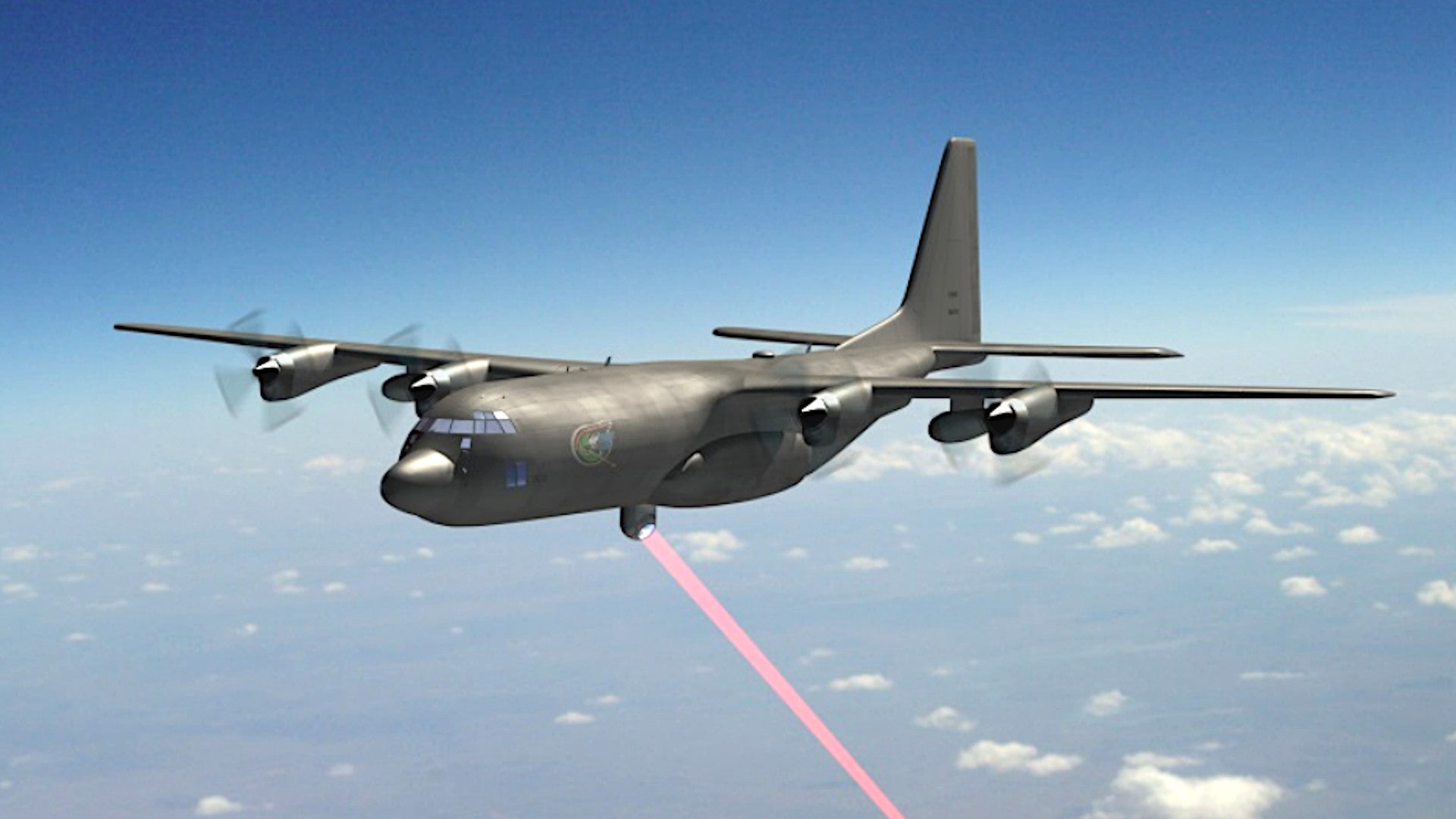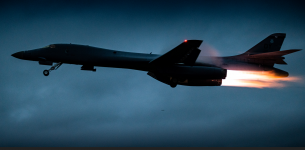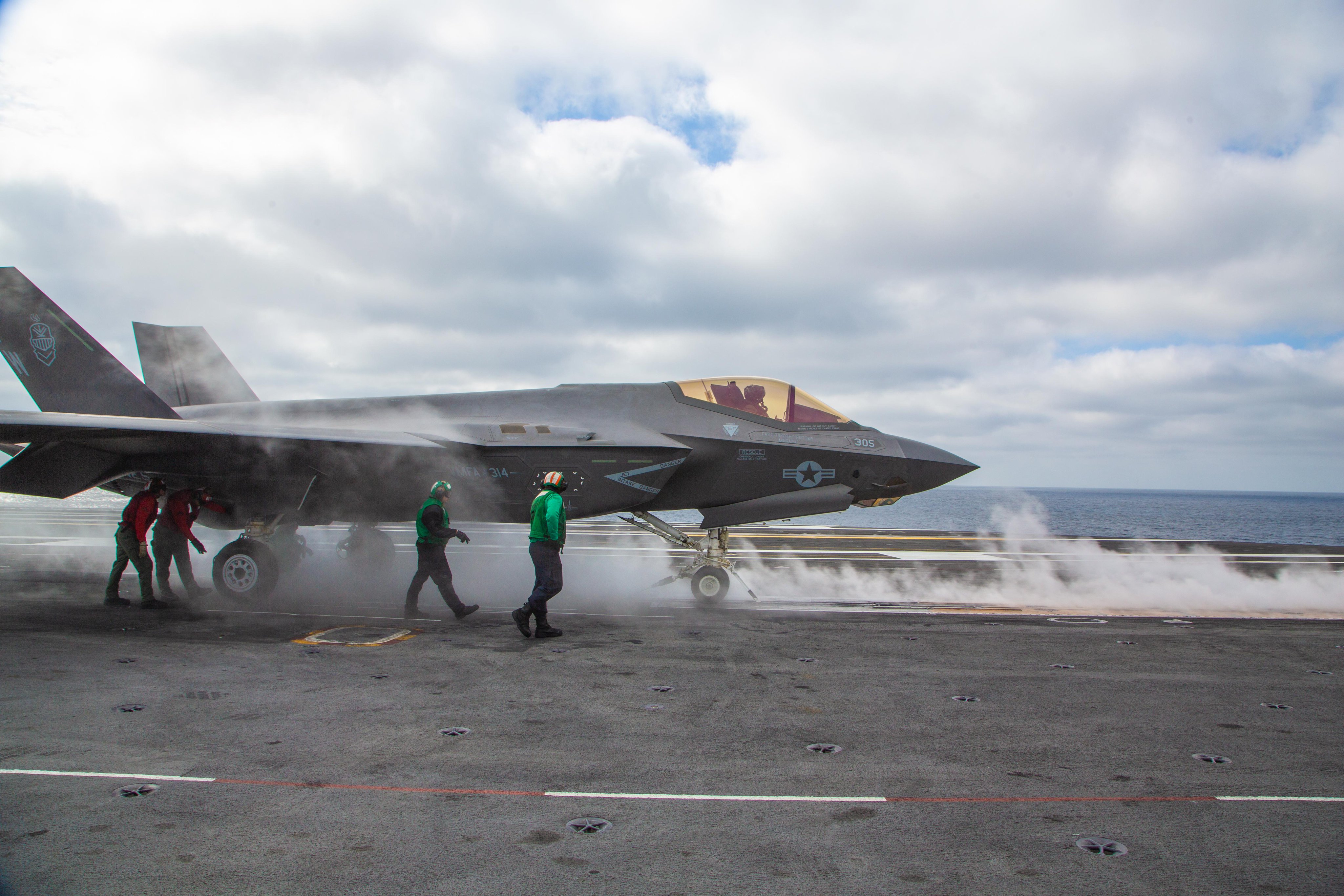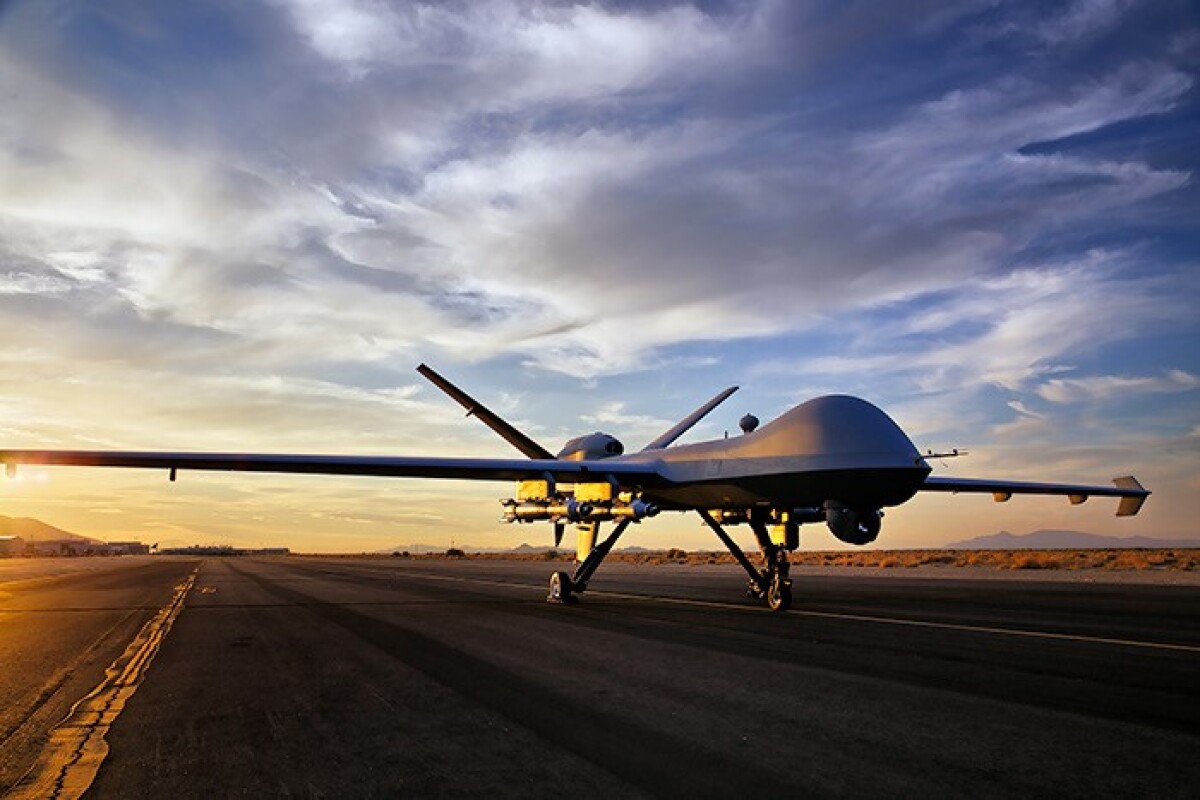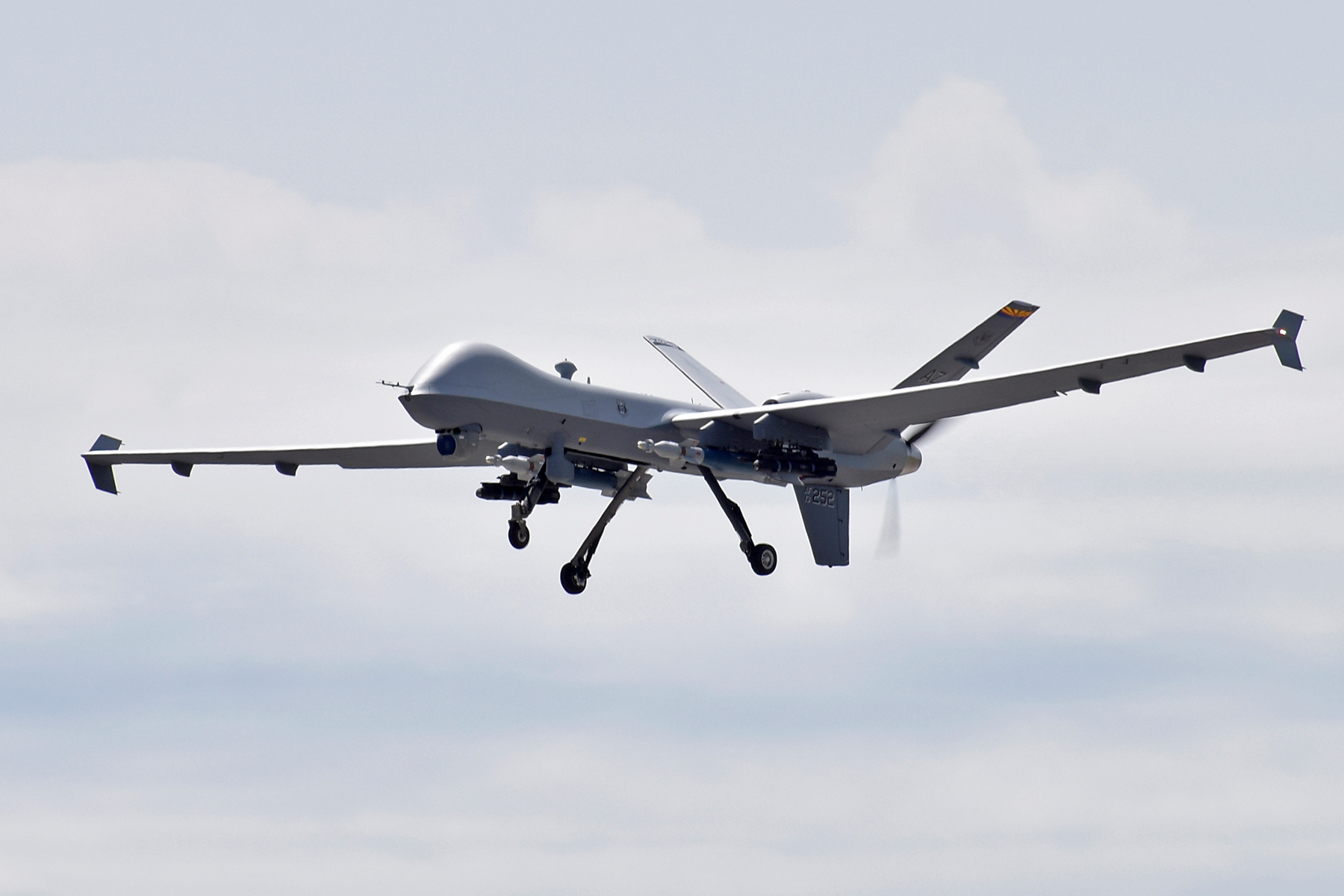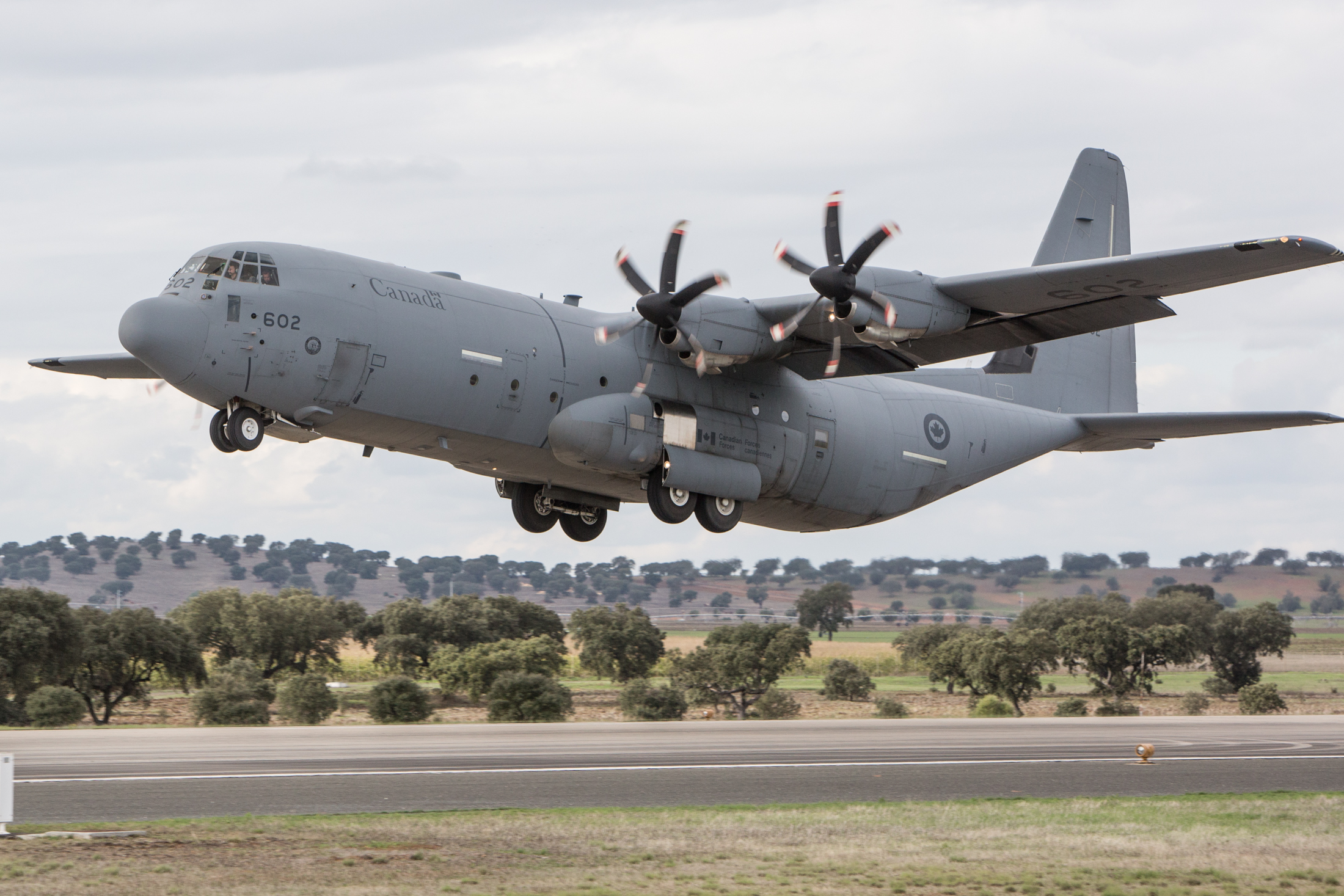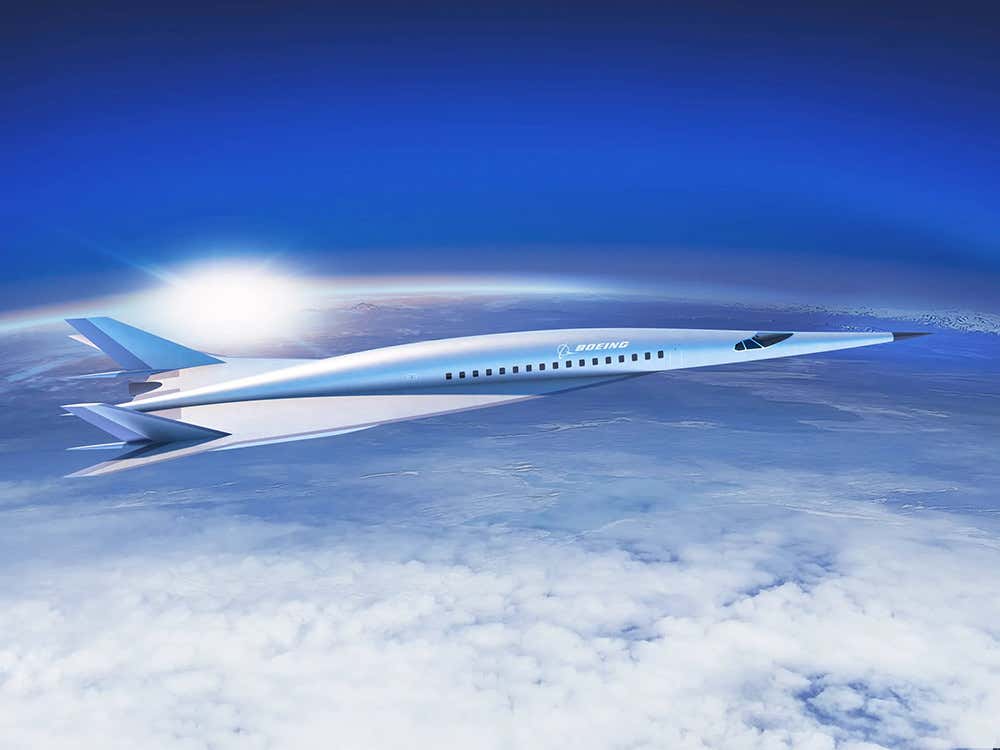Demise of Super Hornet May Not Be Greatly Exaggerated After All
(Source: Special to Defense-Aerospace.com; updted Dec. 14, 2021)
The defeat of the Super Hornet in Finland, who opted for the F-35 instead, sinisterly sounds like another nail in what could be the coffin of Boeing fighter's international career. The end of production of the iconic fighter jet is now in sight, although it is still far from the end of service.
The Finnish defeat comes just a few weeks after a stark rejection by two loyal F-18 customers. Switzerland first, who opted for the F-35 in June, over basically the same line-up as in Finland (Gripen excepted). And - more humiliating - Canada second, who excluded Boeing from the short list earlier this month, leaving Saab’s Gripen facing Lockheed Martin’s F-35 in the final run to replace a geriatric fleet of CF-18.
Indeed, nobody honestly believe that the Super Hornet could not meet the operational requirements of the Royal Canadian Air Force (RCAF). Anyhow, Boeing likely received a ‘pay-back’ for its very aggressive commercial and legal posture, a few years ago, against homegrown aerospace champion Bombardier regarding the CSeries (now Airbus A220 Family).
Even though the F-35 was always a very serious contender to be reckoned with in both competitions, the logical progression from the Hornet to the Rhino, with its logistics, weaponry and training commonalities, as well as related savings, was – in theory - making Boeing’s case more appealing for the three air forces.
And with Helsinki going with the F-35 choice means that – in spite of the EA-18 G Growler Electronic Attack variant being part of the package - this “smooth transition advantage” is no longer attractive enough to make the cut. In just a few months, Boeing has lost more than $30bn of sales (est.), and no less than 188 units to produce (88 in Canada, 36 in Switzerland and 64 in Finland).
At home, given the priorities of the Pentagon in general and the US Navy in particular, the product - apart from its unquestionably appreciated and not yet substitutable EA-18G Growler - no longer benefits from a long-term budgetary commitment and lacks a clear technological roadmap. And regarding its carrier group strike future capability, the US Navy does not hide that it is more inclined to beef up its F-35Cs (or Bs for the USMC), and invest in the next generation of platforms (FA-XX/NGAD + MQ-25) than to buy additional Super Hornets.
The US Navy was a loyal Boeing customer though, having ordered and operated more than 600 aircraft since 1999. The last batch of 78 Super Hornets in Block III configuration was contracted in 2019, and the last aircraft should leave Boeing’s assembly line by 2024. Meanwhile the US Navy is pursuing a Service Life Modification (SLM) effort to keep a homogenous fleet of Block III Rhinos in service through 2033 and until the 2040’s. But, no further significant domestic orders are expected. Therefore, the end of the chain is looming, and despite the technical and financial uncertainties surrounding the F-35C, it is unlikely that Congress will heavily mobilize to keep it warm in the long run. All the more so since substantial orders for F-15s and T-7As will continue to fuel employment in the Boeing’s St. Louis plants.
A first request for a $900 million budget extension in 2022 for 12 new aircraft was made by three representatives from Missouri in April. Although initially rejected by the Senates, it has been included in the revised 2022 National Defense Authorization Act unveiled by the House and Senate Armed Services committees on Dec. 7. But that is in extremis, and only 12 aircraft, meaning an additional 6 to 9 months of production…
Therefore, Boeing is heavily relying on its export capture teams to keep its St Louis’ line hot. But from now on, potential prospects are likely to fall like dominoes.
The most immediate prospect is Germany. Last year, former Defense Minister Annegret Kramp-Karrenbauer (a.k.a. AKK) had formalized last a possible order of 30 Super Hornets and 15 EA-18G Growlers to fulfill its NATO nuclear mission, when the Tornado will retire. But the new coalition that took power might have second thoughts and feel less compelled to materialize such order, by fear of being the last user of the type. The new government might instead apply more pressure onto the reluctant US to integrate nuclear weapons into locally-built Eurofighters, as was done in the past with the Tornado.
In theory, the dual-capable F-16 and F-15 could be an alternative. That might even bring back from the dead the highly inflammable political debate on the opportunity to buy a batch of F-35 –to be certified to carry the B61-12 Nuclear bomb by fiscal year 2026 - to perform the so-called “Büchel mission” (named after the city where nuclear-armed German aircraft are based). So, the Super Hornet is still some distance away from a signed contract in Germany…
The second major prospect is India. But there, then again, time will not be on Super Hornet’s side. Given the usual delays, complexities and protractions of local procurement procedures, the F-A/18 E/F's bid for the Indian Air Force (IAF) tender will gradually lose its competitiveness, notably compared with the F-15 (also marketed by Boeing), which will benefit from the support of the US Air Force, the launch customer for the vastly upgraded EX version. In addition, it is highly unlikely that the Dept. of State will authorize the sale of the sensitive Growler as part of the package, as was done in Finland and Germany.
That said, the Indian Navy (IN) will certainly take advantage in showing interest in the Super Hornet, if only to get a better bargaining power. It could indeed obtain better conditions from other possible contenders, such as Dassault Aviation (Rafale), Hindustan Aeronautics Limited (Twin Engine Deck Based Fighter - TEDBF), Russian Aircraft Corporation (Mig-29) or even Saab with its carrier-borne Gripen concept… Provided that the F/A-18 E/F demonstrates its compatibility with IN's current and future aircraft carriers - which Boeing is actively working on - the Super Hornet could also represent an interesting interim solution, should the IN decides to go down the (probably bumpy) road of the still-notional TEDBF. Let’s add however, that an Indian order of additional Rafale remains the most likely hypothesis at this stage, for a variety of reasons, including those logistics synergies and savings mentioned above, as the Indian Air Force already operates nearly 36 Rafale…
Beyond these two serious prospects, other potential customers – fearing to be the last operators of the type - would also be less inclined to consider the Super Hornet for the replacement of their fleets. Kuwait, another faithful F-18 Hornet customer is about to receive the last of its 28 FA-18 E/F ordered in June 2018. At the same time, Kuwait is just taking delivery of its first Eurofighter Typhoon over a total of 28 (22 single-seat and 6 two-seat) ordered from Italy in 2016 for $8.7 billion.
This double source allows the Kuwaiti Air Force to start a new page in its history and to be less dependent on Boeing for the future renewal of its fleet. In fact, apart from the USA, Kuwait is the only country to have performed the transition from the “Classic” to the “Super”. Admittedly, Australia also operates both types, but had zeroed in on the F-35 to replace its F-18 twenty years ago, and the 24 Super Hornets and 12 growlers bought after that were only meant to replace the F-111 and make for attrition.
With the defection of Canada, Switzerland and Finland, three long-time and loyal users of the Hornet are closing the door on its successor. There is little chance that other users will not follow the same path: Kuwait, Spain and Malaysia. Kuala Lumpur operates a micro-fleet of 8 Hornets (along with 18 Su-30MKM), and had a decade ago a plan - called Multi-Role Combat Aircraft (MRCA) - for buying up to 36 new fighters from Western manufacturers. Without any MRCA resurrection in sight, one possibility for Boeing would be to entice the Malaysian customer into an early, partial renewal its front-line fighter fleet with an extremely attractive Hornet buy-back offer...
This hypothesis - unlikely at this stage, as the country is concentrating its meager resources on advanced training and light attack aircraft - would simply have the advantage of keeping the line open for a few more months. For its Part, the Spanish is in the costly process of upgrading and rejuvenating its Eurofighter fleet, while investing heavily in the Future Combat Air System (FCAS) with Paris and Berlin.
Meawhile, the Armada also wonders how to prolong its carrier borne capability, with the forthcoming retirement of its small Harrier fleet in the early 2030s, with the F-35B as the only plausible candidate. But in both cases, the Super Hornet has no role to play: for both financial and logistics reasons, it is difficult to imagine Madrid adding a new type in its fleet, with no obvious operational advantage…
As for new customers, apart from the two very specific cases of India and Germany, we cannot see which country - even with naval aviation aspirations such as South Korea, Japan or Thailand - would opt for anything other than the F-35B or C. Brazil's purchase of Super Hornets was once considered, but the Gripen definitely shut the door by winning the FX-2 contest in 2013. And rumors about Argentina are far-fetched given the country's budget situation. In the Middle-East, no country other than Kuwait has shown any interest in the Super Hornet in recent years, at least publicly. In Asia, the United States has chosen to present the F-15 for customers not entitled to ask for the F-35, such as Indonesia. Only Bangladesh could possibly be a prospect, in the event of a prior Indian choice, although here again, constrained budgets make this option unlikely. And the Philippines have opted for a single-engine frontline aircraft…
Finally, with the Finnish, Swiss and Canadian F-18 being retired this decade, the market for second-hand classic Hornets may eventually come to life - there is talk of Kuwaiti F-18s being transferred to Tunisia for example - but it does not seem capable of providing a real pool of future Super Hornet customers within an acceptable timeframe.
Even with the latest Congressional investment, the Super Hornet line is due to close in 2024/25, when the last of the 78 aircraft ordered in 2018 and eventually the last batch of 12 included in the NDAA are scheduled to be delivered. Assuming a German order, due to long lead items, production on that program won't start until 2026, Boeing recently told the St. Louis Post-Dispatch. Therefore, the company would have to keep its line lukewarm for one to two years... Such a disruption in the production line could make the aircraft simply unaffordable, whereas one of its selling points was precisely its cost predictability and affordability... Although the end of the line was already predicted in the past, at this point, as Mark Twain famously said, the news of its demise would probably not be that “exaggerated”.
